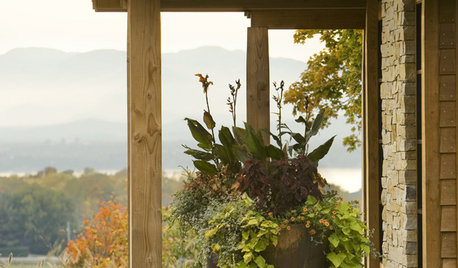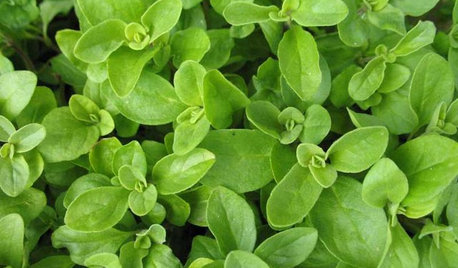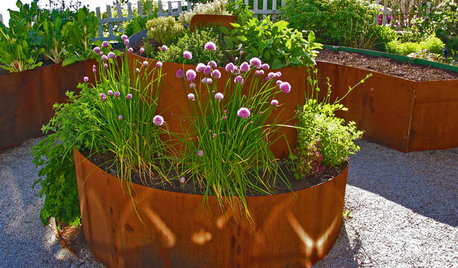growing arisaema in pots
fman
16 years ago
Related Stories

SPRING GARDENINGHow to Grow a Rose Garden in Pots
Everything can come up roses, even without a plot of soil in sight. This step-by-step guide to growing roses in containers shows you how
Full Story
GARDENING GUIDESGrow a Beautiful Fall Garden in a Pot
Welcome autumn with 7 gorgeous plants that thrive in containers and enliven your porch or patio throughout the cooler season
Full Story
EDIBLE GARDENSHerb Garden Essentials: Grow Your Own Oregano and Marjoram
Say 'buon giorno' to classic Italian herbs you can grow just as easily in pots as in the summer garden
Full Story
GARDENING GUIDESHerb Garden Essentials: Grow Your Own Delicious Mint
Pull out a pot for this one. Mint's spreading habit and hard-to-kill nature can be a blessing — if you're properly prepared
Full Story
FALL GARDENING5 Fall Fruits You Can Grow in Containers
Brighten your porch or patio with a potted pomegranate, kumquat, blueberry bush or another great fall fruit
Full Story
FARM YOUR YARDHow to Grow Vegetables in Containers
Get glorious vegetables and fruits on your patio with a pro’s guidance — including his personal recipe for potting mix
Full Story
FARM YOUR YARD10 Easy Edibles to Grow in Containers
These herbs, vegetables and fruits are just as happy in a pot as they are in the ground
Full Story
SUMMER GARDENINGHow to Grow Basil
Bright color, quick growth and endless uses for cooking make this summer annual a winner in the garden or a pot
Full Story
FARM YOUR YARD6 Things to Know Before You Start Growing Your Own Food
It takes time and practice, but growing edibles in the suburbs or city is possible with smart prep and patience
Full Story
URBAN GARDENSContainers Make Growing Edibles a Cinch
If life hands you a lack of land, grow lemons — with a few basics, you can proudly reap the fruits, veggies and herbs of your labor
Full StorySponsored
Franklin County's Full Service, Turn-Key Construction & Design Company
More Discussions






bubba62
pfmastin
Related Professionals
Londonderry Landscape Architects & Landscape Designers · Marco Island Landscape Architects & Landscape Designers · El Mirage Landscape Contractors · Hollywood Landscape Contractors · Lady Lake Landscape Contractors · Middletown Landscape Contractors · Roswell Landscape Contractors · Stony Brook Landscape Contractors · Bremerton General Contractors · Enumclaw General Contractors · Wyomissing General Contractors · Germantown Siding & Exteriors · Lafayette Siding & Exteriors · Riverside Siding & Exteriors · San Antonio Siding & Exteriors